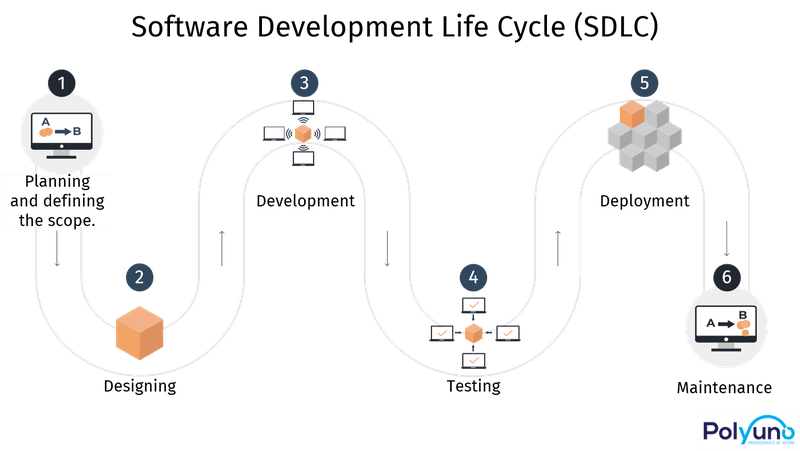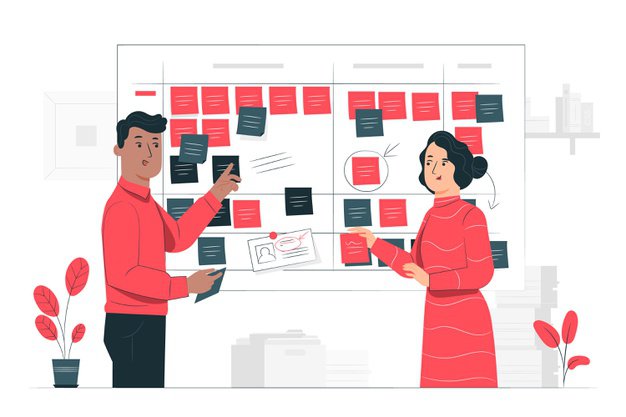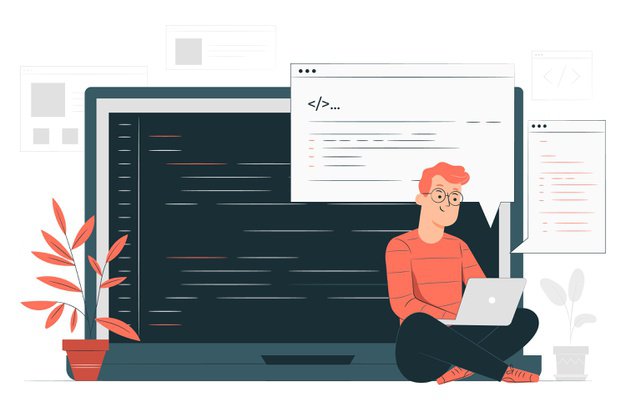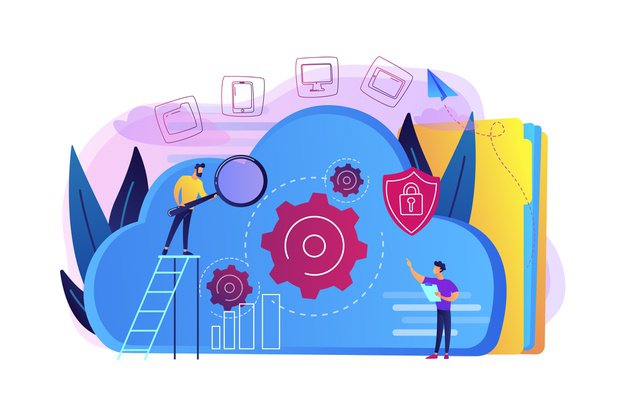

Software development is a tedious, tedious process. There are several steps that software developers have to accomplish before they get anywhere near the end product. The Software Development Life Cycle is a framework that helps outline these steps and acts as a guide for developers to proceed with software development systematically.
There are six major stages in the Software Development Life Cycle, namely:


This is the phase where software developers gather any and all relevant information from customers. This way, developers can deliver software that meets all the expectations and requirements customers may have.
A Project Manager assigned from the vendor’s side sits with the customer to discuss and outline all the requirements in detail. The PM clarifies any unclear detail and assigns the project team. They also plan for quality assurance and identify risks associated with the projects.
The defining stage doesn’t only include outlining the customer’s expectations but also addressing the possible amount of resources the team may need. For example, a team might need to develop special software to control a custom production machine.

This phase is about putting together the requirements outlined in the previous step and model how the software should be working in the future. Some models and aspects of the designing phase include -
Specifies overall design, programming language, use of templates and boilerplates, and industry practices.
The User Interface outlines how the user and the software will be interacting with each other and how the software should respond to user input.
The platform decides where the software/application will run. The software may run on Windows, Apple iOS, macOS, Android, Linux, or even certain consoles.
Programming includes:
Defines how the application can interact with other assets, such as a central server or other parts of the application.
Outlines the measures to be taken to ensure the security of the software and may include features like SSL traffic encryption, secure storage of user credentials, and password protection.
In the Iterative software development model, a very early version of the software is known as a prototype. It illustrates the basic idea of how the software will look and work. Prototypes can be shown to the customer to get some early feedback on how to proceed and if anything should be changed. Making changes this early in the process is a lot more viable and cheaper than making the same changes once the code has already been written.

At this phase, the developers sit down and write the code following all the guidelines defined in the previous two steps. Developers use various tools, including interpreters, compilers, and debuggers, to develop the code.

The testing phase is crucial. In this phase, software testers ensure that the software meets all the requirements outlined and functions as expected. They fix any errors and bugs that may arise. To get a more in-depth idea, check out this article about Software Quality Assurance.

Once the software has been thoroughly vetted, and any lingering errors have been dealt with, the software’s final version is ready to be delivered to the customer.
This is the deployment phase, where the application becomes available to the users. Some companies like to automate the deployment phase - this can be as simple as downloading an application on a smartphone.
Deployment can be tricky. Multiple parts must work cohesively together to ensure a smooth and successful launch.

The project team continues to work long after the software has been deployed. They are continuously on the lookout for negative feedback in case the user discovers any bugs in the software. Their job is to deal with any bugs and release updates accordingly immediately.
Below is an example of the Software Development Life Cycle based on a real-life project Polyuno has done. We are using a basic web development project as an example as it is a more common request from clients.
Planning and defining the project scope included the project team and Polyuno to sit down with the customers and decide which OS the browser will be working on.
At the designing and prototyping stage, the project team created a prototype browser with certain functionalities such as auto-updates and torrent downloads directly from the browser.
Once the customer was satisfied with the created prototype and outlined all the necessary changes, the project team developers sat down and began writing the code. This is the development phase. Agile SDLC model was also chosen in this phase.
After several rounds of rigorous testing, the browser was deployed. The project team is still involved in the support and maintenance of the browser.
If the software development team correctly follows the Software Development Life Cycle, delivering high-quality products is readily possible. However, both the project team and the customer must be honest in their feedback and maintain a clear line of communication. Software engineers love instructions, so the customer mustn’t hesitate to give as many details as possible. Alternatively, the project team mustn’t hesitate to ask questions or provide necessary clarifications.